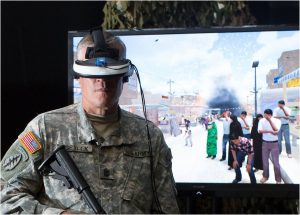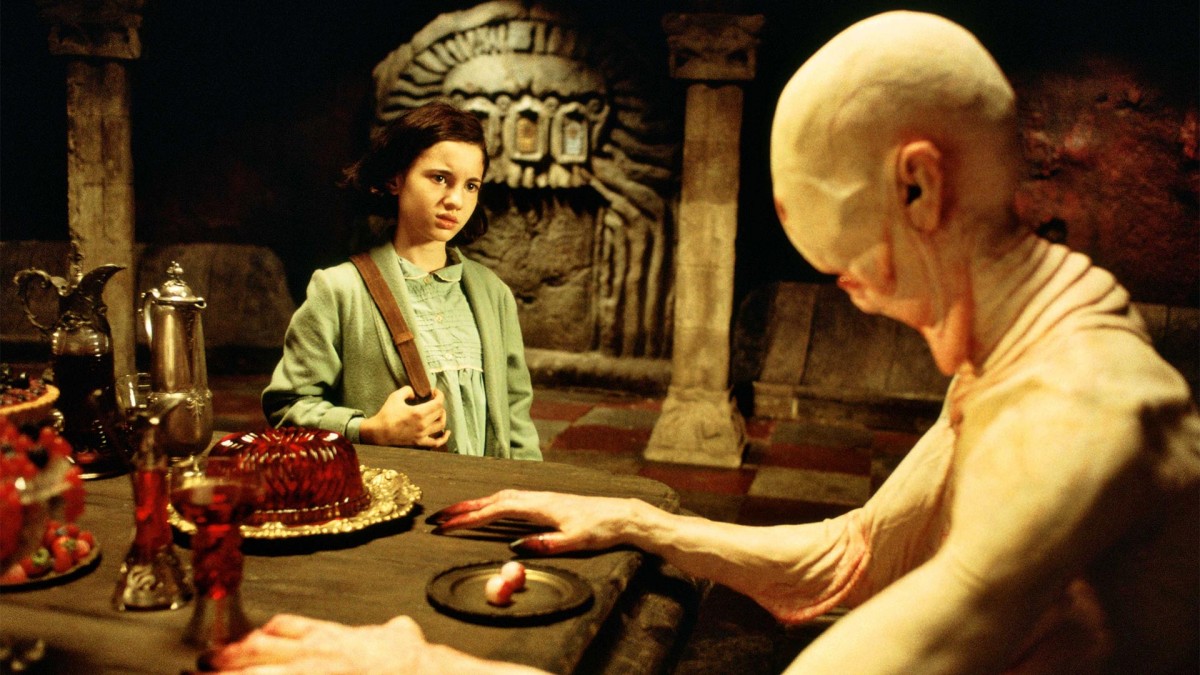Thank you Jan-Mar for prompting discussion last week. Your blogposts were terrific!
This week we are going to continue our discussion about performance, adding one new term to the mix: performativity. Tomorrow we are going to bring up for discussion the main arguments of Diana Taylor’s chapters “The New Uses of Performance,” “Performative and Performativity,” “Knowing Through Performance,” and “Artivists (Artist-Activists).” I would like for Kyle to take the first one, Jan-Mar the second, and Abram, the third. With the concepts and arguments from those three chapters, we will put our heads together to discuss arts and activism, as Taylor presents in the fourth chapter. For instance, how can simulated environments and scenarios used to treat PTSD be used further to deactivate militarism? What role does performance play in such activist proposal?

Please, come to class prepared to present for five minutes what is the central argument (or what are the main arguments) brought forth by Taylor in the respectively assigned chapters. Think how do new uses of performance relate to performance and performativity (an urgently needed connection in this day and age), and how in turn those connections contribute to knowing through performance. With that network of knowledge, we’ll return to H.I.J.O.S. and their installations.
By Saturday at 5pm, I would like for you to choose one of these connections, and to think of how that connection mobilizes both art and activism.

Performance is an action. I am performing the task of writing a snippet of thought. The reuse of performance to theater, staging as performance, reimagines performance as it relates to the situation in which performance occurs. We do not perform alone. I do not act without generation or observation. My existence allows for my performance. My performance is being watched. There are patters to my performance. I repeat myself and others. Patters beget expectation, or expectation begets patters. Expectation is there. To perform is an action with an awareness of another who expects, even if that other is within myself. Suddenly there is a good and a bad performance. A good performance is a performance that meets an expectation.
All this to arrive at the new use of performance. I live in a world where everything is expected to perform. Performance is assigned to objects. A fulfillment of commodity fetishism, we do not stop at seeing objects as separate from ourselves, we see these objects as actors performing action. The new use of performance sees what a thing does, it is not so much about the thing itself. Reality becomes split as we can only see the action and not the actors. We can no longer see ourselves, we can no longer see the world for the world is all we can see.
Who is to say that the stage is less real. The stage, like any other object, reflects us. The stage becomes a reality through its fiction (it’s construction). Then again, what is not constructed? When everything is constructed, we can construct within construction. Reality becomes a multifaceted real/becoming real. A stage is not a construction that is built once. The stage has to be constantly being built, once the building stops, there is no object to reflect the work. The stage is fiction. The world is fiction. There is nothing more real than fiction.
Through this we can come to conceive the world as a multifaceted reality (a reality that is split into appearance and existence, the real, and the appearance becoming the real). Like the stage, Reality is a becoming. Becoming means both the unstable/un-essential and the hope of possibility. Becoming is the constant changing that is will never be. Such a place of uncertainty is the place where we gain the power to build our world. We can decide how the stage is going to decide the actors. We are the meta-actors! Performance is the plane for activism as it is the plane for action as it is a plane for change. Art is the reimagination of what we pretend as constant. Art both acts as a destabilizer and the reminder of the unstable that already is. As action, art is a moment of activism. Action is the moment of creation. The creation of the world of ideas and reflection on/from the material world. What we hold as constant (the militarization, as I am aware that was supposed to be my prompt), can be snapped away in a reconstruction. For what is ‘constant’ requires another constant, becoming. When we stop becoming, we will stop.
One recurring topic in literature could be called the difference between body and soul. In this week’s readings I was able to see partially what performance thought of the difference was. To performers, body was just another prop to use in order to express their souls. Such examples could be recalled in the reading such as renowned presidents dressing up in specific style to express themselves.
Adding to this thought process of performers trying to use their body as a too for their performance, their act on stage (life), one question that sparked in me was if ‘performativity’ was ultimately soul trying to resist the body or the other way. As time changed and people had different interests it could be defined that people were trying to express themselves with their soul, free from their body which lead to performance.
The concept of performativity brought meaning to a lot of performance art for me. I now understand that performance art derives meaning from a transgression of social conventions, and it is in that space that an act becomes performative.
Up to now, I thought of performance art as a series of inappropriate, self-defeating public behaviors, such as falling down a wall naked (Ana Mendieta) or sitting silently across a wooden table staring at people for hours on end (Marina Abramovic). I now understand that the “inappropriate” aspect of these public actions is precisely what makes them art. Performativity is the concept of transgression or rejection of a social construction in order to question it.
The examples used in the chapter range significantly. One that stood out to me was Jesusa Rodriguez and Liliana Felipe wedding vows. They exchanged uncomfortably menial wedding vows like promising to buy each other groceries. But the uncomfortableness made me think, “Why is it uncomfortable? Don’t married couples buy groceries for each other? If they weren’t married, they’d probably still buy groceries. Why are they getting married at all?” And that effect–that begging-the-question– provokes us to think why we have marriage at all.
It is only by the transgression of social boundaries that we realize they exist. Perhaps the limits of art is what it can make us analyze and question–what it can force us to look at.
This chapter on performativity helped me understand that the public transgression of social norms constituted their performance’s artistic qualities.